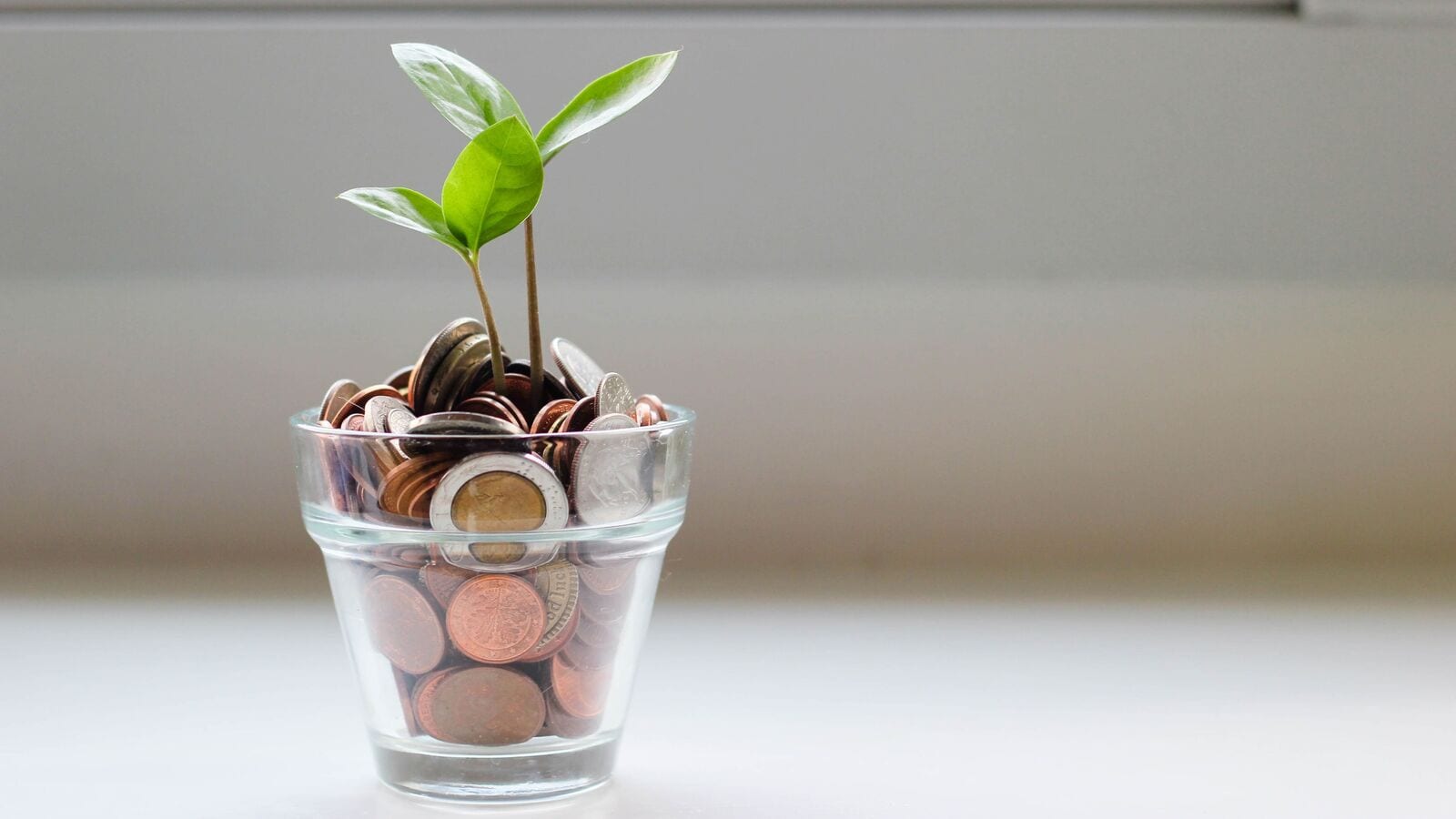As you move through the different stages of life, your financial needs, goals, and risk tolerance naturally change, as does the terrain you’re treading. What worked for you in your 20s may not be the best approach in your 50s. That’s where life-cycle investing comes in. It’s a strategy that adapts your asset allocation as you age, making sure your investments stay in sync with where you are in your life.
By adjusting the mix of stocks, debt, real estate and gold, you can keep your portfolio balanced, optimize returns and manage risks as you navigate life’s twists and turns.
The importance of multi-asset investing
Diversification across multiple asset classes is a cornerstone of any sound investment strategy. Each asset class responds differently to market conditions, providing a buffer against volatility. For example, when stocks experience declines, assets such as debt or gold may outperform, helping to stabilize the overall market. briefcaseHistorical evidence supports this: during the 2008 financial crisis, global stocks plummeted by almost 40%, while gold appreciated by 5%, underscoring the value of a diversified portfolio.
The basic components of a portfolio
In the Indian context, each asset class plays a distinct and critical role in achieving financial goals:
Equity: Equities offer the potential to generate high returns, albeit with higher volatility. Over the past 20 years, the Nifty 50 index has generated an average annual return of about 12%, reflecting the growth potential of Indian equities. However, these returns are accompanied by significant short-term fluctuations, particularly in a developing market like India.
Debt: Debt instruments provide stability with consistent returns, which often align closely with inflation. For example, Indian government bonds and fixed deposits have averaged returns of around 6-7% per annum, just above the rate of inflation. This makes debt a safe, but relatively low-growth component of the portfolio.
Cash: Cash is primarily used for liquidity and emergency needs. In India, a typical savings account offers an interest of around 3-4%, which barely keeps pace with inflation. However, its accessibility and security make it essential for Short term financial needs.
Gold: Gold Gold acts as a hedge against inflation, with an average annual return of around 8-9% over the past 10 years in India. Despite its significant short-term variability, gold remains a favourite investment in Indian households, both for its cultural significance and as a store of value during economic crises.
Adapting asset allocation at different stages of life
Early career: In the early stages of a career, the focus is often on growth. With a long investment horizon, younger investors can afford to allocate a larger portion of their portfolio to stocks. A general rule of thumb is to subtract age from 100 to determine equity allocation. For example, at age 30, an investor might allocate 70% to stocks and the remainder to debt, cash, and gold. This strategy leverages the power of compounding, which allows even small returns to grow significantly over time.
Halfway through the race: As people advance in their careers, financial responsibilities such as buying a home, raising children, and planning for their education increase. At this stage, while stocks should still play a major role, the proportion could be reduced to make room for more stable investments. For example, at age 45, an investor might adjust his or her portfolio to 60% stocks and 40% a mix of debt, real estate, and gold. Historical data shows that a balanced portfolio of 60% stocks and 40% bonds has had an average annual return of 7-8% over the past 50 years, with less volatility than an all-stock portfolio.
Early retirement: As retirement approaches, the focus shifts from growth to capital preservation and income generation. For someone in their 50s and 60s, the equity allocation could fall to 40-50%, with a higher stake in bonds and cash to ensure liquidity. It is also essential to consider real estate investments, especially if mortgage payments replace part of the debt allocation. Indian real estate market data shows that residential properties have appreciated by 8-10% annually over the past decade, providing a tangible asset and a potential source of income through rentals.
Retirement: In retirementThe emphasis is on ensuring that the accumulated corpus lasts a lifetime. It is advisable to keep 12 to 18 months of expenses in cash or cash-equivalent instruments. The remainder of the portfolio should be structured to provide regular income, primarily from bonds, with some continued exposure to equities for long-term growth. Research suggests that a retiree who withdraws 4% annually from a diversified portfolio (a mix of stocks and bonds) has a high probability of the portfolio lasting 30 years or more, according to financial planning studies.
Final Thought
Wealth and financial objectives They are deeply personal and shaped by life experiences, risk tolerance, and individual aspirations. Accordingly, asset allocation should be a dynamic process that evolves with an investor’s life stages and circumstances. By carefully adjusting asset allocation over time, individuals can better navigate the complexities of life-cycle investing, ensuring their portfolio remains aligned with their unique needs and goals at each life stage.
Chakrivardhan Kuppala, Co-Founder and CEO, Prime Wealth Finserv Pvt Ltd.
Catch all the Instant personal loan, Commercial loan, Business News, Money news, Breaking News Events and Latest news Updates in Live Mint. Download Mint News App for daily market updates.
FurtherLess
Disclaimer:
The information contained in this post is for general information purposes only. We make no representations or warranties of any kind, express or implied, about the completeness, accuracy, reliability, suitability or availability with respect to the website or the information, products, services, or related graphics contained on the post for any purpose.
We respect the intellectual property rights of content creators. If you are the owner of any material featured on our website and have concerns about its use, please contact us. We are committed to addressing any copyright issues promptly and will remove any material within 2 days of receiving a request from the rightful owner.

